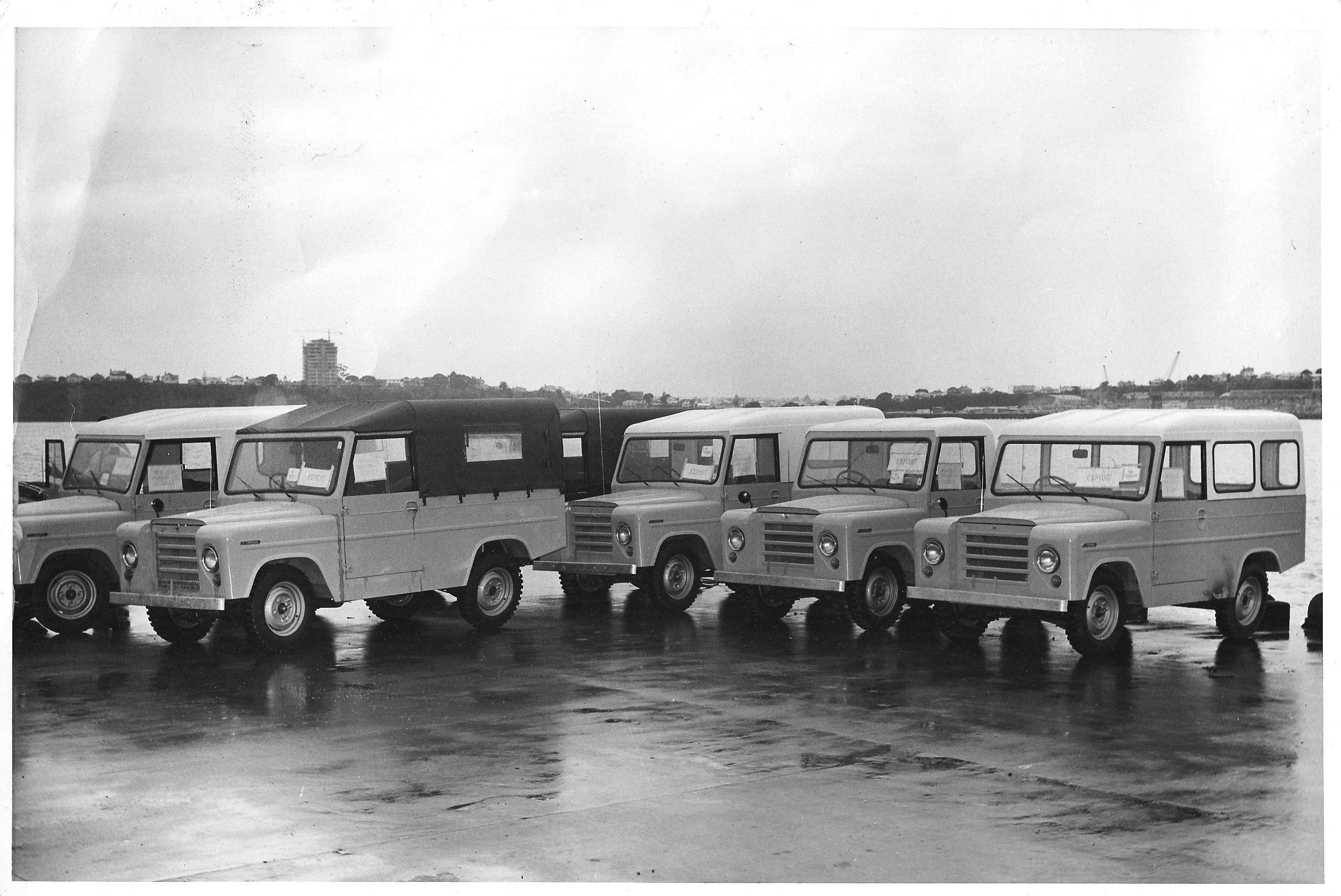
History
The Trekka is New Zealand's only locally-designed and mass-produced motor vehicle. Around 2,500 were built between 1966 and 1972 at the vehicle assembly plant of Motor Holdings, in Ōtāhuhu South Auckland.
It was the product of government policy which strictly controlled the importing of motor vehicles, and encouraged their assembly from kits to create local jobs and industry.
The concept was developed by Skoda franchise holder Phil Andrews, who negotiated with Skoda for the mechanical kits, during the Cold War era.
Once contracts were secured, Andrews sold the concept and the Skoda franchise to Motor Holdings, led by its managing director Noel Turner.
The Trekka blended a locally designed and manufactured body, with the complete mechanical kit of a Skoda Octavia station wagon, with "local content" reaching an unheard-of 70 percent.
The Trekka sold strongly due to the ready availability of other small utility vehicles, the absence of the long waiting lists that existed for popular models, and its low price.
Export plans evolved, with more than 50 sold in Australia, in returning for increased import access for Australia's Holden car.
A deal was struck with Indonesia to export Trekkas as kits for assembly near Surabaya, but after the initial shipment of 100, difficulties in being paid for the vehicles saw the deal collapse.
The Trekka worked its way into New Zealand's streetscape, both with private owners, and businesses. Five were flown to Vietnam during the war, to serve at a New Zealand-assisted civilian hospital at Quy Nhon.
The strict import controls which enabled the Trekka's production, gradually relaxed and by 1973, production ended as Japanese commercial vehicles became more readily available.
New Zealand quickly moved on from the Trekka, and most didn't survive the rigours of abandonment and rust.
In the past decade, a strong restoration culture has evolved, and an example sits in Skoda's factory museum in Mladá Boleslav in the Czech Republic, marking a small but important step in its global history.